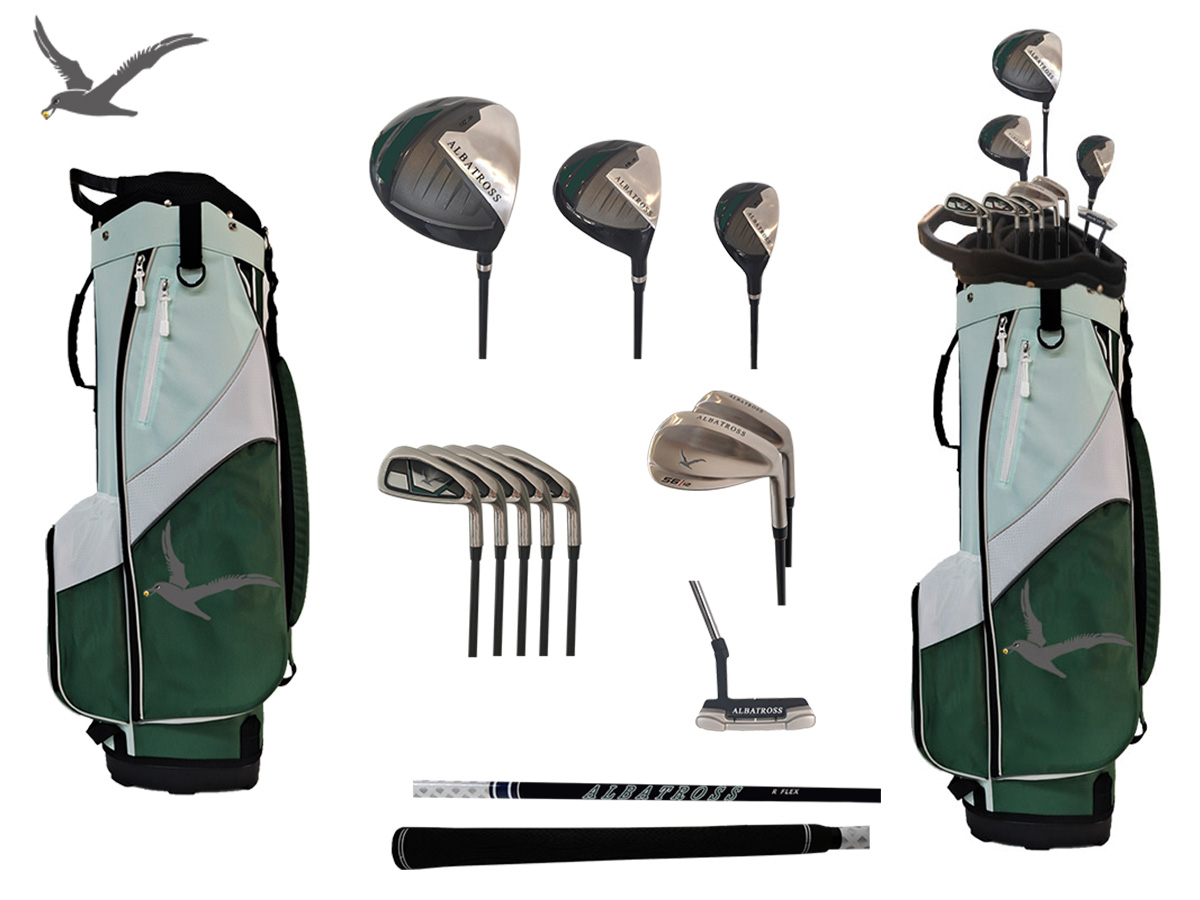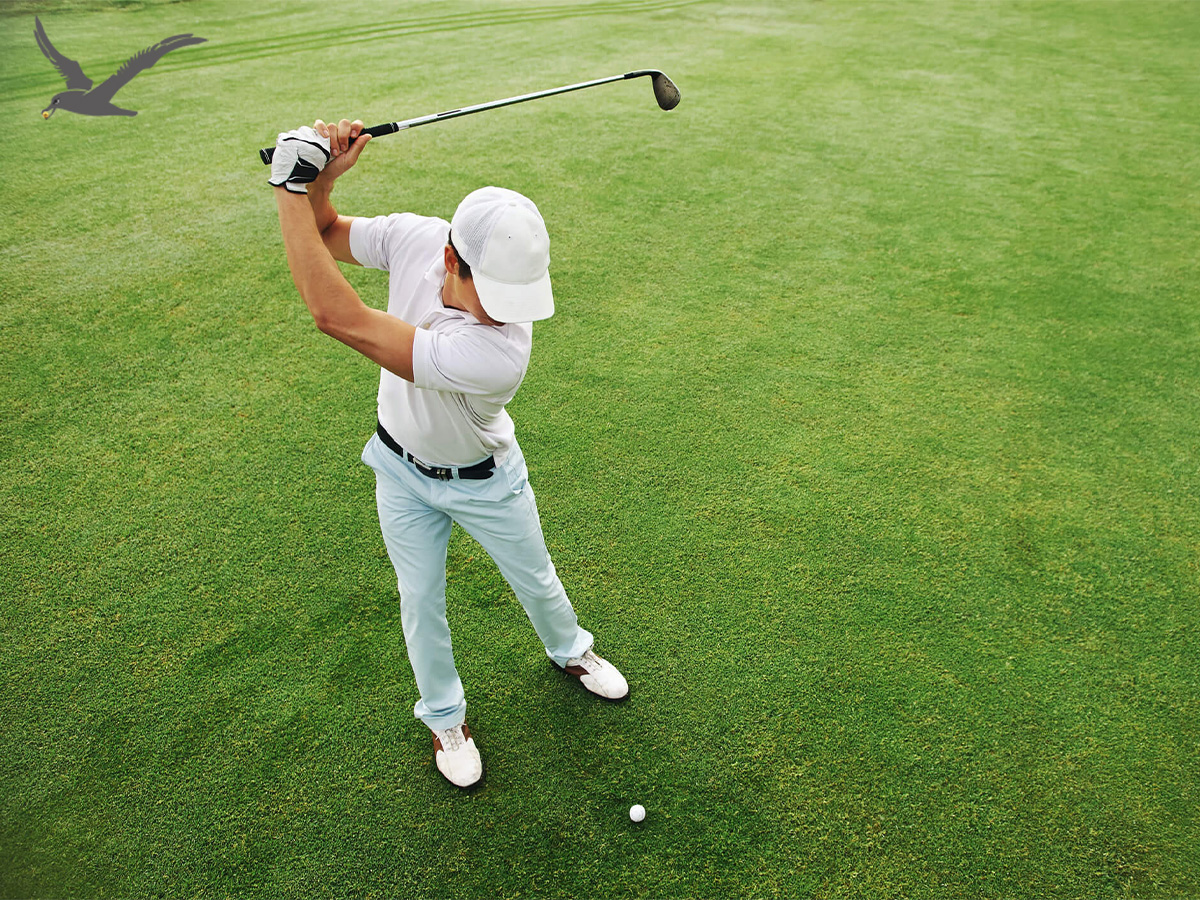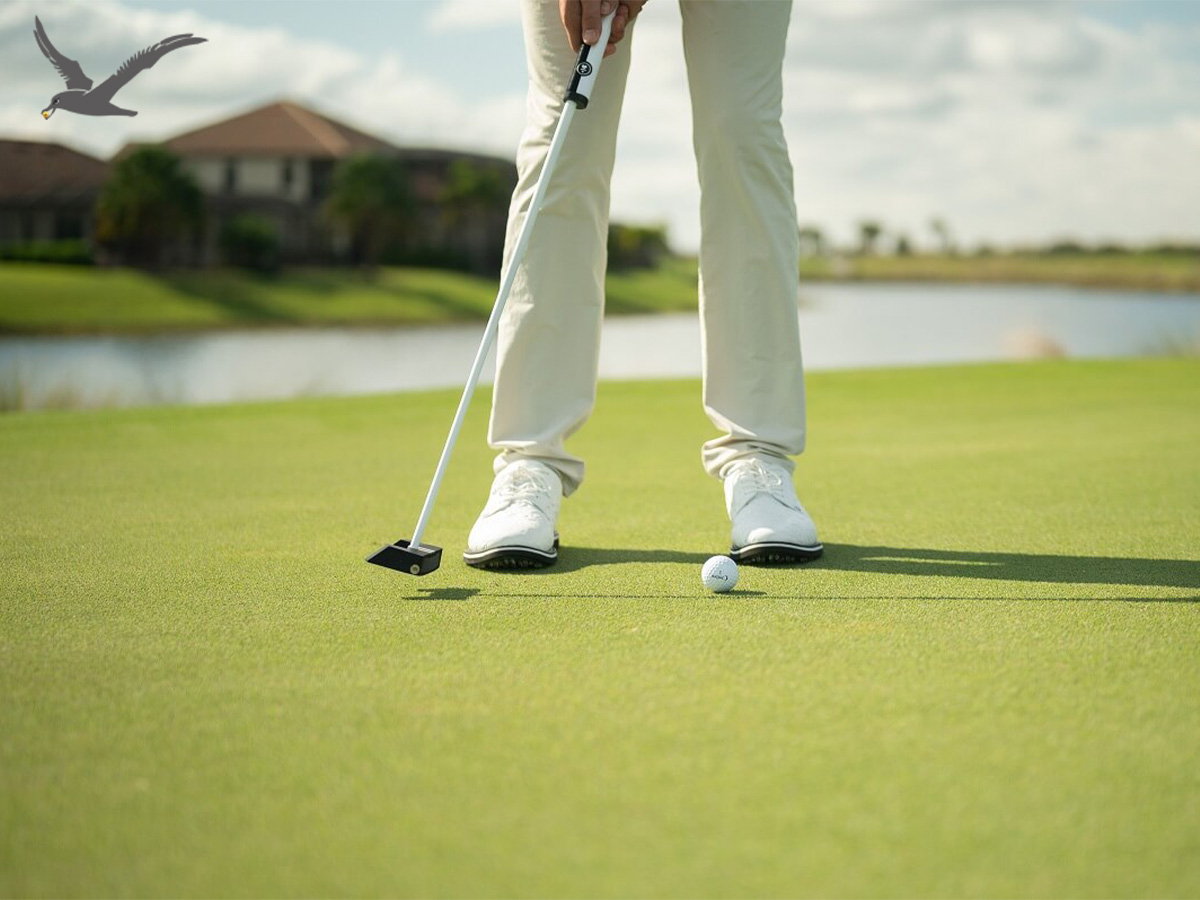
Golf is a complex game. Yet amateur players often overlook the most basic details. One of these is ball position. Wouldn't you pay more attention if you knew that positioning the ball in the right position every time would give you a chance to hit the ball successfully? It all starts with learning the correct golf ball position for each club you use in your game. At the Albatross Sports, the original golf equipment manufacturer in China, including golf clubs and accessories. we understand the importance of these good tips. That's why we offer high-quality, precision-engineered golf clubs to help you improve your game with every shot.

There are two important things you should know about golf ball position.
1. Ball position changes based on the club you have in your hands.
2. All ball position adjustments are subtle; major changes from one club to another will introduce too many inconsistencies into your game.

If your ball position isn’t set up correctly, you risk losing distance, accuracy, and more. Let’s break down each club in your bag and discuss proper ball position and why it can make a difference.
Driver
Ball Position: Just inside the front heel.
The driver is the farthest forward you'll position a golf ball in your stance. Too far back can lead to a low, hooking shot; too far forward results in the opposite effect.
Overemphasizing the ball's position can lead to pop-up shots. For maximum drive distance, the ball needs to stay airborne, ideally caught during your upswing.
The inside front heel position is ideal for this.
Fairway Woods
Ball Position: A ball-width inside the front heel.
Amateurs often err by aligning the ball like they would with a driver. Failing to adjust back slightly can lead to inconsistent shots, often topping or hitting fat.
Hybrids
Ball Position: A ball-width inside the front heel.
Hybrids are designed to be played like irons, but playing them too far back can result in fat shots. Keep the position close to that of a fairway wood, slightly back if necessary.
Hybrids are engineered for distance and accuracy, and this ball position ensures both.
Long Irons (2, 3, 4)
Ball Position: Center to slightly forward.
Many players have transitioned from long irons to hybrids. Long irons are meant for extra distance; playing them too far back reduces this advantage. Too far forward, and the ball may soar high but lose power.
Long irons require precision. Ensure accurate and consistent ball positioning for the best results.
Mid Irons (5, 6, 7)
Ball Position: Center.
Mid-irons have the simplest ball position. Play from the middle of your stance for more precision and control. This also aids in maintaining balance and consistency.
Short Irons (8, 9)
Ball Position: Center.
There's a common misconception that the ball should be further back for short irons. This is unnecessary. Center the ball for proper flight and distance.
A narrow stance can be used, but the goal is to maximize the clubs' potential. Incorrect ball positioning can affect trajectory control.
Wedges
Ball Position: Center to one ball back.
Wedge shots vary, so the ball can be positioned from center to slightly back of center. Correct ball positioning enhances precision, accuracy, and spin.
When hitting wedge shots, feet should be closer together, affecting your visual perception of the ball's location.
For high-lofted wedge shots with an open stance, the ball may appear further back in your stance.
Putter
Ball Position: Slightly forward of center.
Putting demands attention to detail. Even minor deviations in ball position can significantly reduce the chance of making a hole. Incorrect positioning affects the roll and direction of the ball.
The optimal ball position with a putter is just forward of center, allowing for a smoother, straighter upswing path.

The ball is the target of our swing, and its position must be based on our swing pattern. Therefore, as long as everyone masters the principles of how to find the ball position, they can eventually have their suitable ball position through their efforts and repeated checks.